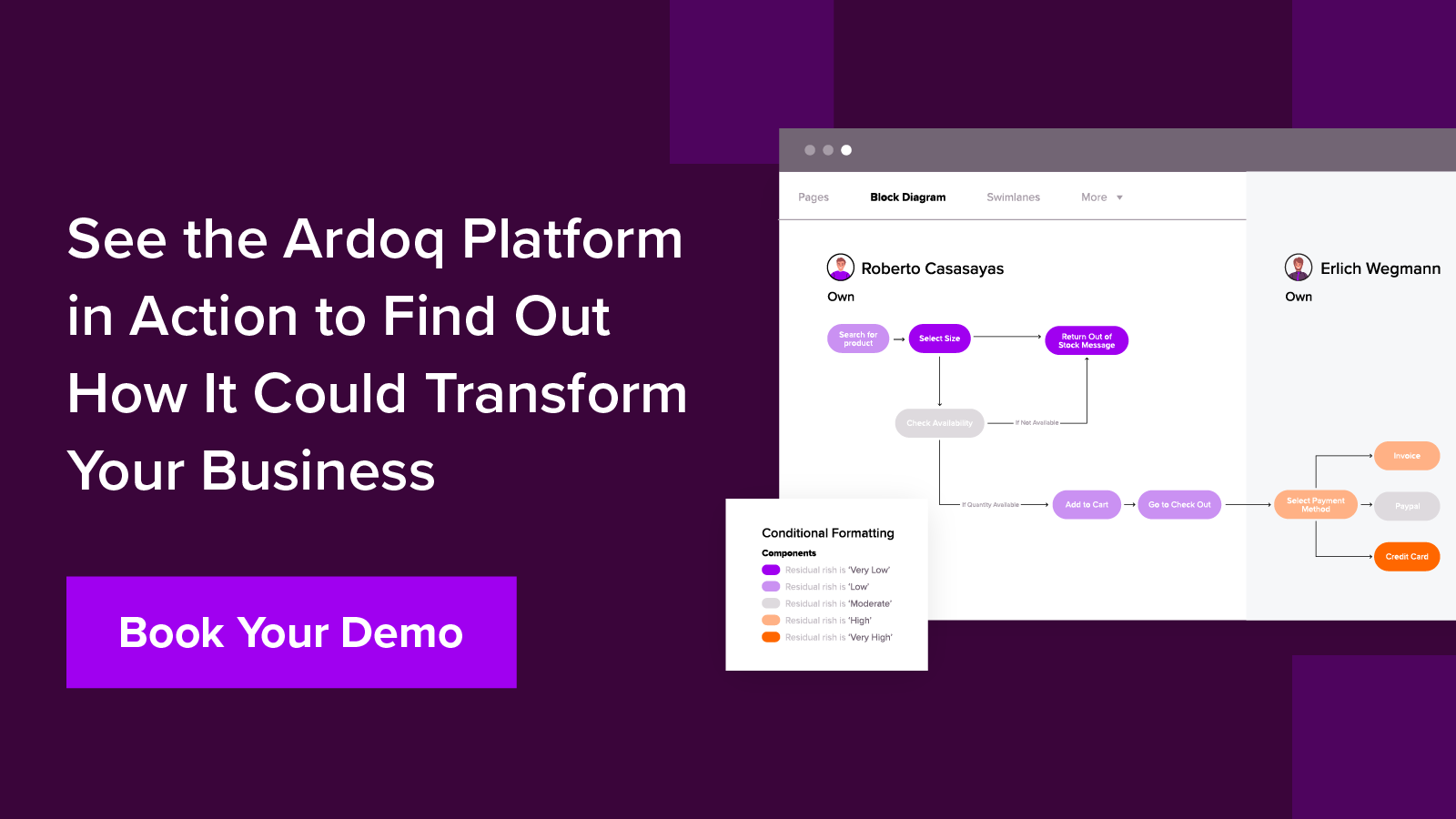Organizations are usually structured by how they function or around business areas. However, this traditional way of organizing leads to a lot of interdepartmental overlaps and inefficiencies, the enemies of agile business execution and organizational productivity.
To get an accurate understanding of what the organization is really able to do and streamline operations, it needs to first have its capabilities modeled. Business Capability Modeling is one of the foundational ways to better understand where overlaps occur and how value is created. Businesses can then spot opportunities for either optimization or further enhancement to meet strategic objectives. However, getting an understanding of the organization’s technical capabilities provides valuable additional insight and nuance into how its technology platforms and infrastructure feed into those business capabilities.
What are Business Capabilities?
Simply put, the capabilities of the organization are the activities or abilities that enable an organization to achieve specific goals or objectives. High-level business capabilities include things like general accounting, marketing analysis, and project portfolio management. Business capabilities can be further divided into three categories: core, supporting, and strategic. Bear in mind that capabilities are not business processes, although they may affect the same type of information. Technology supports and enhances these business capabilities, but it is not a foundational part of them.
For a more detailed understanding of how to define and model capabilities, read our 6 Best Practices for Defining Your Business Capabilities.

What are Technical Capabilities?
Technical capabilities, on the other hand, more specifically refer to how an organization is able to use technology to support and enable the achievement of business goals and objectives. They are also known as Technical Reference Architecture. These capabilities may include software development, data analytics, and cloud computing. Like business capabilities, they should be agnostic of specific tools or business activities.
A business capability model helps the organization understand and define its abilities. To complement this, a technical capability model adds additional insight by zeroing in on the IT systems it has and what its technical capabilities are. One of the core reasons this is necessary is that software can sometimes be generalized and configured to do different things. Technical capability models allow organizations to spot opportunities to capture untapped functionality in the application portfolio, streamlining the software they pay for and maximizing IT spend.
An example of this is a Business Intelligence (BI) System. A BI system that is initially acquired by the accounting department to carry out accounts analysis could also be leveraged by the marketing department to analyze campaign performance. If this were not modeled separately in a technical capability model, the insight leading to the additional utility for an existing system would not exist. An organization may well end up procuring a new application with overlapping functionality—an unnecessary investment and addition to the application portfolio. So as a technical capability, the BI system would be defined as “data analysis” which can service multiple business capabilities.
How to Categorize Technical Capabilities
Just like business capabilities, not all technical capabilities are created equal. It is important to identify and name capabilities according to the technical services they give to the business in terms that are universally understood across departments. This definition should not reference specific products or applications.
Typically, members of the IT organization or technical personnel with IT knowledge will collect information on each capability. This information will follow a standard template and can draw inspiration from industry best practices. Traditionally, this is a manual and tedious process. But with the help of new EA tools with collaborative functionality like Surveys and Broadcasts, this data can be easily put into automated workflows that make the consolidation process go much quicker.

The Real Value of Defining and Modeling Technical Capabilities
Overall, the process of categorizing and organizing your organization into a dynamic, data-driven model creates a better understanding of what the organization is really able to do and how it could be operating more effectively. Here are the three key benefits and outcomes from modeling both business and technical capabilities:
1) Understanding Business Impact
Once modeled and connected to business capabilities, an organization can quickly understand potential impacts and their effects. This could include the effects of replacing a specific application, such as which capabilities will be affected and to what degree, and if this will affect any key day-to-day processes or activities. If the decision is to focus on a specific area of the business, an organization can quickly gain insight into whether it has sufficient support from an IT perspective or whether it requires greater maturity in specific technical capabilities.
2) Optimizing IT Investment and Avoiding Digital Clutter
A technical capability model empowers the business to make better choices about technology investment and strategy. They help with spotting or avoiding technology duplication and combating “application sprawl”. This is a common problem in the modern enterprise that struggles with hundreds of applications with unclear ownership. The model will help with gaining insight into the opportunities available to become more cost-effective from a technical perspective. With the right EA tool, this can be done without negatively impacting the business’s ability to deliver value to its customers.
It will also provide better understanding of where the technical weaknesses lie. These are key business areas that are not as well supported by IT as they should be according to the organization’s priorities and core objectives. This may mean reliance on systems that are undersupported or reaching end-of-life.
3) Skipping or Shortening Painful Procurement Processes
The insights from a technical capability model also allow the organization to save considerable time and resources on lengthy, painful procurement processes. While this benefit may be challenging to express in figures, just consider the number of people who are usually involved in these processes, or the time spent in multiple meetings and presentations. Then multiply that over the months it takes for internal analysis and the final decision to be made for or against a purchase.
With both business and technical capabilities modeled, intuitive visualizations connected to real data mean a shortlist of IT systems and an understanding of the impact of replacing them can be accessed with just a few clicks of a button. Data-driven Enterprise Architecture tools cut out the time-consuming tedium of manual pre-study processes, speeding time to value with IT change projects.
Key Takeaways on Modeling Technical Capabilities:
- Defining and modeling technical capabilities are key to an organization understanding its capabilities from a technological perspective.
- A technical capability model, connected to a business capability model, helps an organization make better, faster decisions about managing and investing in technology.
- Data-driven Enterprise Architecture tools can make the process of creating and maintaining both models much swifter and more effective, shortening time to value.








/Logos/Ardoq/RGB_Ardoq_Logo_Stacked_White_Monochrome%201.png?width=80&height=77&name=RGB_Ardoq_Logo_Stacked_White_Monochrome%201.png)

